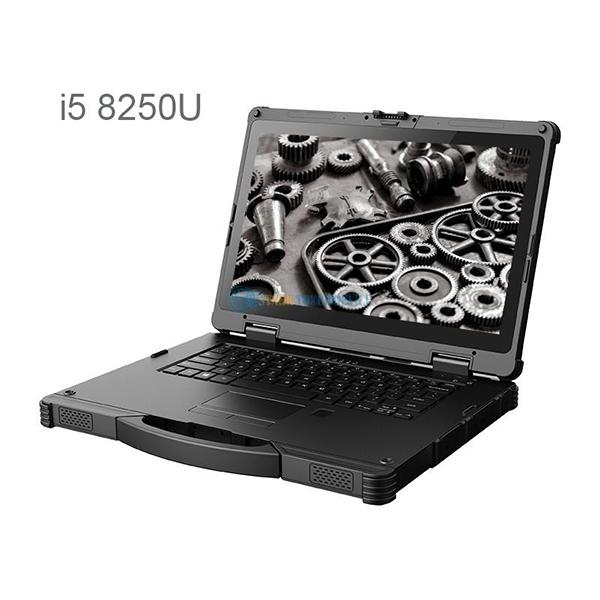Welcome STARK TOUCH DEVICE!
Solutions
Tips for Choosing data Export formats for industrial Control computers
Tips for Selecting Data Export Formats in Industrial Control Computers
Industrial control computers generate vast amounts of data daily, ranging from sensor readings to operational logs. Exporting this data efficiently and accurately is crucial for analysis, storage, and system optimization. The choice of export format significantly impacts data usability, compatibility, and processing efficiency. Here are practical tips to help you select the most suitable data export formats for industrial control applications.

Understanding Data Characteristics and Export Needs
Before choosing a format, assess the nature of your industrial control data. Is it structured (e.g., tabular sensor readings) or unstructured (e.g., free-form logs)? Does it contain numerical values, text, or a mix? Also, consider the purpose of exporting the data. Are you exporting it for real-time monitoring, long-term storage, or analysis in another system?
For instance, if you're exporting temperature sensor data collected every minute from a manufacturing process, the data is likely structured and numerical. In this case, a format that preserves numerical precision and allows for easy time-series analysis would be ideal. On the other hand, if you're exporting error logs from an industrial control system, which may contain text descriptions of issues, a format that can handle variable-length text fields would be more appropriate.
Evaluating Common Export Formats for Industrial Data
CSV (Comma-Separated Values)
CSV is a widely used, simple text-based format. Each line in a CSV file represents a record, and fields within a record are separated by commas (or other delimiters like tabs). Its simplicity makes it highly compatible with various software, including spreadsheets and databases.
Advantages:
Universality: Almost all data analysis tools and programming languages can read and write CSV files.
Lightweight: CSV files are relatively small in size, making them easy to transfer and store.
Human-readable: The text-based nature allows for easy manual inspection and editing.
Disadvantages:
Limited data types: CSV primarily handles text and numerical data. It struggles with complex data structures like nested objects or binary data.
No metadata: CSV files lack built-in metadata, such as column names or data types, which can lead to confusion during data interpretation.
Industrial Use Case:
In a factory, if you need to export daily production line efficiency metrics (e.g., machine uptime, output quantity) for basic reporting, CSV is an excellent choice. You can easily import the CSV into a spreadsheet for quick analysis or visualization.
JSON (JavaScript Object Notation)
JSON is a lightweight, text-based data interchange format. It uses a key-value pair structure, similar to objects in programming languages, to represent data. JSON is highly structured and can handle complex data hierarchies.
Advantages:
Structured data representation: JSON can represent nested data structures, making it suitable for exporting hierarchical industrial data, such as equipment configurations with multiple sub-components.
Easy parsing: Most programming languages have built-in libraries for parsing and generating JSON, facilitating seamless integration with industrial control software.
Human-readable and writable: While more complex than CSV, JSON is still relatively easy for humans to read and write, especially for developers.
PREVIOUS:Methods for authorizing and activating industrial control computer software NEXT:Operation steps for restoring industrial control computer systems


